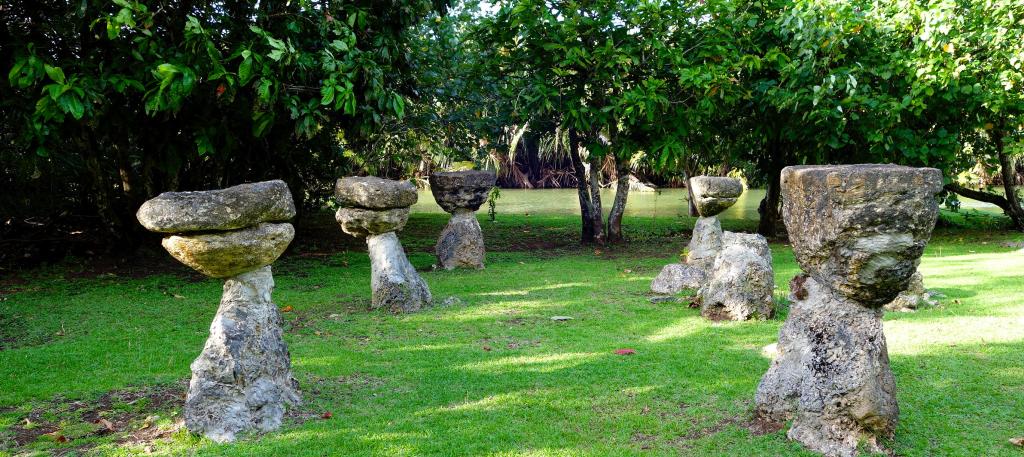Chief Gadao of Guam
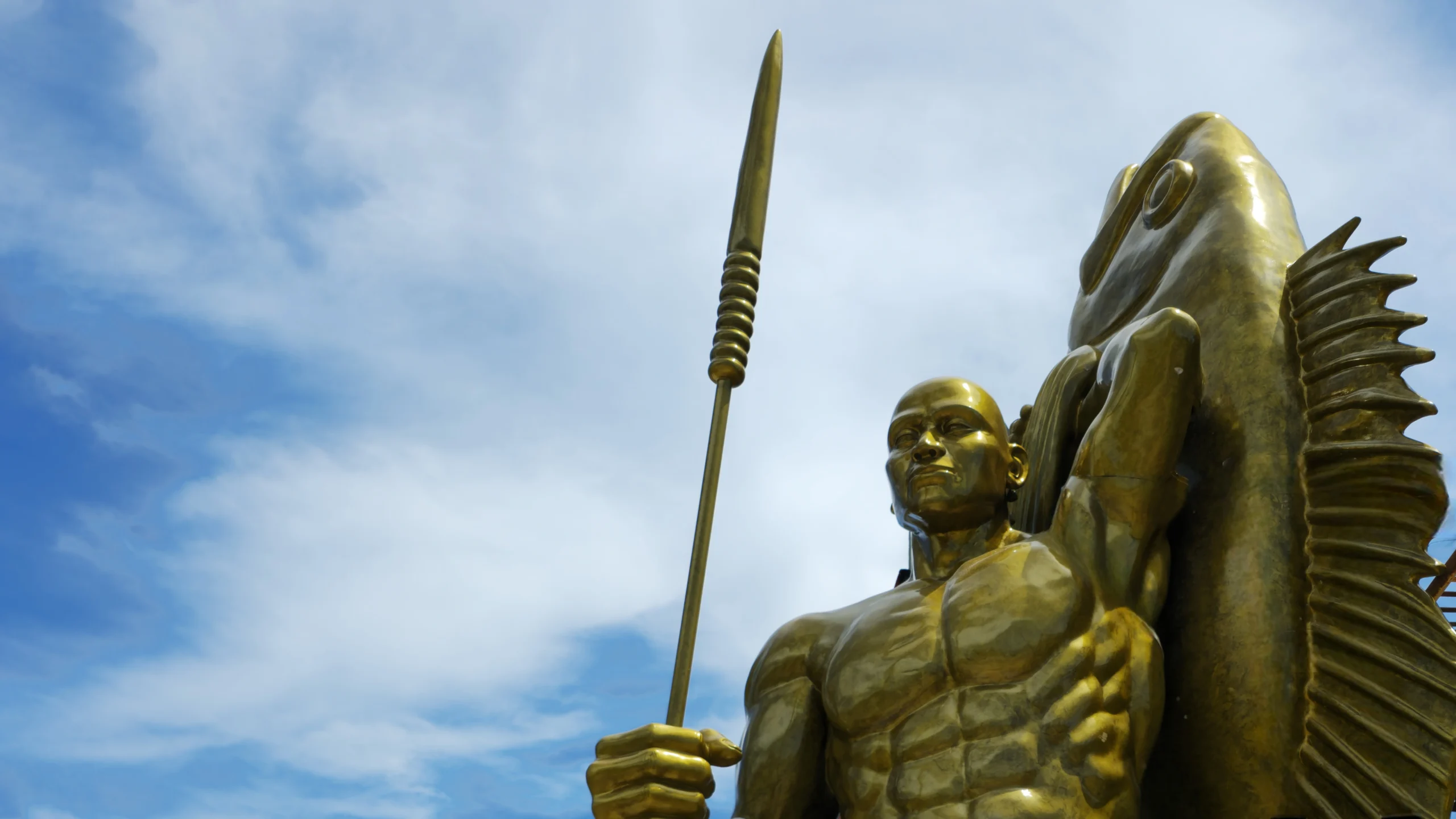
In the southern village of Inarajan (Inalåhan) on the island of Guam, there exists the story of a legendary leader whose strength and wisdom were unmatched—Chief Gadao. In ancient times, this revered figure held the title of maga’lahi, signifying his high rank as a male chief in Chamorro culture. More than just a warrior or village leader, Gadao embodied the resilience and spirit of the Chamorro people, and his influence is still felt today. His name lives on in both the legends of Guam and the historical significance of Chief Gadao Cave, which contains ancient cave paintings, believed by some to have been made by the chief himself.
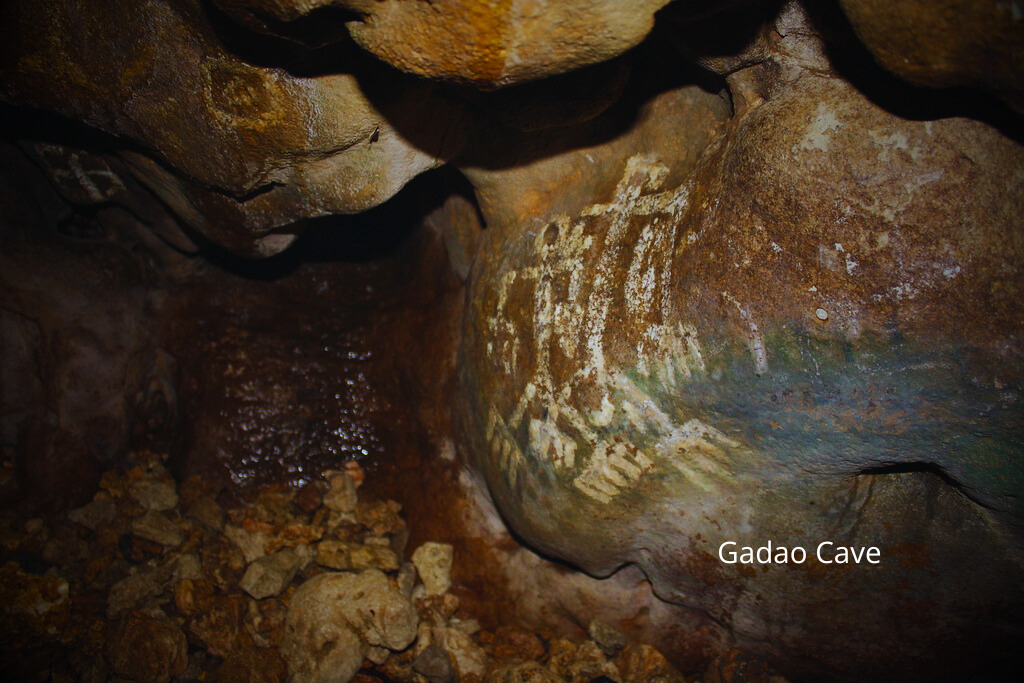
But beyond the fantastical feats of strength and bravery, Chief Gadao’s stories have endured for centuries because they resonate with deeper truths about leadership, resilience, and the protection of home. Let’s dive into the legends of Chief Gadao and explore how his timeless wisdom can still be applied in today’s world.
The Three Feats of Strength
One of the most popular stories surrounding Chief Gadao is the Legend of the Three Feats of Strength. According to the tale, Gadao, aspiring to become the head maga’lahi (chieftain) of Guahan (the ancient name of Guam), was challenged by the island’s other chiefs to prove his worth by completing three impossible tasks. Each task tested his physical prowess, endurance, and determination:

- Swimming Around the Island 25 Times: In his first task, Gadao was instructed to swim around the entire island of Guam 25 times without rest. This challenge tested his endurance and ability to persevere in the face of overwhelming odds. Despite the seeming impossibility, Gadao completed this task, demonstrating not just physical strength but also the mental fortitude required to be a leader.
- Breaking a Coconut Tree with Bare Hands: The second task was to snap a towering coconut tree into ten pieces using only his bare hands. Coconuts were vital to the Chamorro people, symbolizing life, sustenance, and shelter. Gadao’s ability to break one with his hands represented the raw power he possessed to protect and provide for his people.
- Leveling Mount Lamlam: The third and final task required Gadao to level Mount Lamlam, Guam’s highest peak. This challenge not only measured his strength but also his strategic thinking, as leveling a mountain would have been impossible through brute force alone. It speaks to Gadao’s capacity to achieve the impossible through ingenuity.
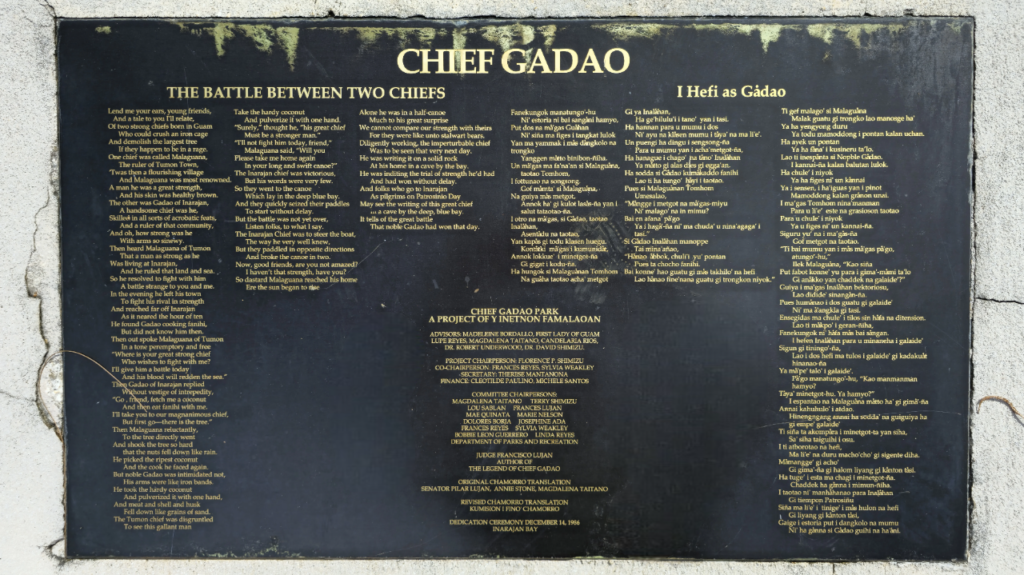
After successfully completing these three feats, Gadao established himself as a leader capable of greatness. He commanded his sons to build a fence around the island using massive boulders, intending to protect Guahan from invaders. However, they mistakenly thought a twinkling star was the sunrise, abandoned the task prematurely, and left the fence unfinished. This left the island vulnerable to conquest by foreign invaders, later identified as the Spanish.
Despite Gadao’s ultimate failure to prevent colonization, this story highlights the critical importance of preparation and timing in leadership. It also shows the fragility of even the strongest defenses when the work is not fully carried through. Today, this story reminds us that great achievements require dedication and precision, and that cutting corners can lead to catastrophic consequences.
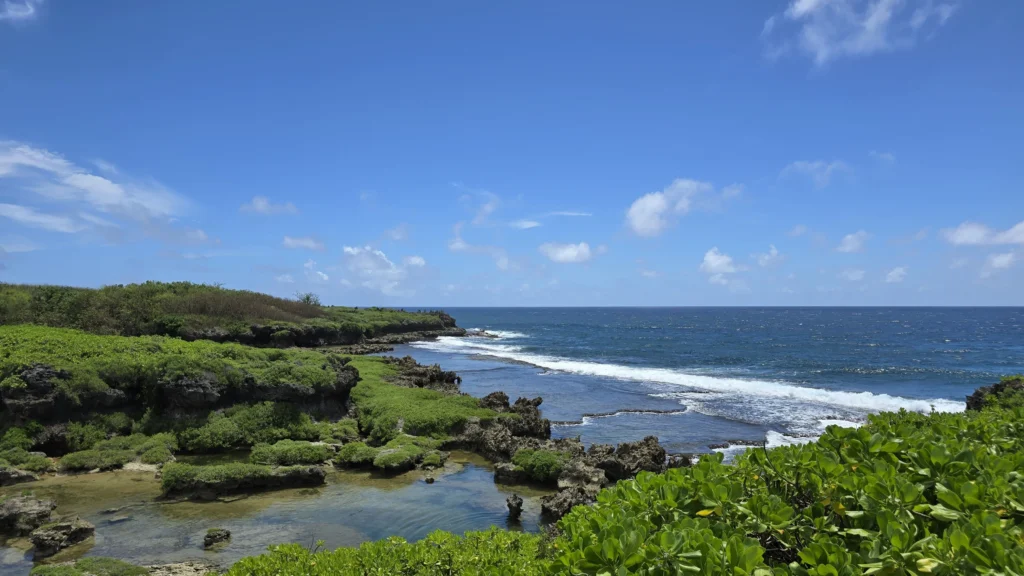
The Battle Between Chiefs
Another well-known tale featuring Chief Gadao is The Legend of the Battle Between Chiefs. In this story, Gadao encounters another powerful figure, Chief Mataquana, who sought to prove himself as the strongest chief on the island. Hearing of Gadao’s reputation, Mataquana traveled to Inarajan (Inalåhan), where he unknowingly met Gadao in disguise. Gadao, without revealing his identity, agreed to introduce Mataquana to himself after a meal and some rest.
During their time together, Gadao displayed his remarkable strength by breaking open coconuts with his smallest finger and squeezing the juice out with his bare hands. Amazed by this feat, Mataquana quickly realized that Gadao was indeed the stronger of the two. Rather than engage in a futile competition, Mataquana retreated, and the two chiefs parted ways peacefully.
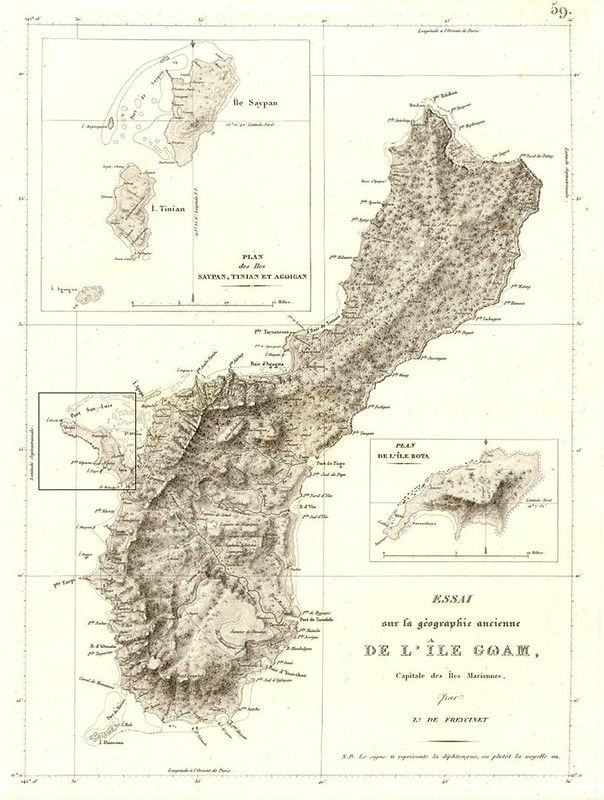
This legend underscores the wisdom that true strength is not always about proving superiority, but about knowing when to walk away from conflict. Chief Gadao’s decision to showcase his strength in a calm and non-combative way reflects his understanding that power is best exercised with restraint and wisdom. In today’s fast-paced world, this lesson holds immense value. Leaders, whether in business, politics, or personal life, must recognize when to compete and when to seek peace. Chief Gadao exemplifies the kind of leader who is secure enough in his abilities to avoid unnecessary conflict.
Lessons from Chief Gadao for Today’s World
Chief Gadao’s legends are not just ancient stories—they offer valuable lessons that resonate deeply with modern life. Here are a few ways his wisdom can be applied today:
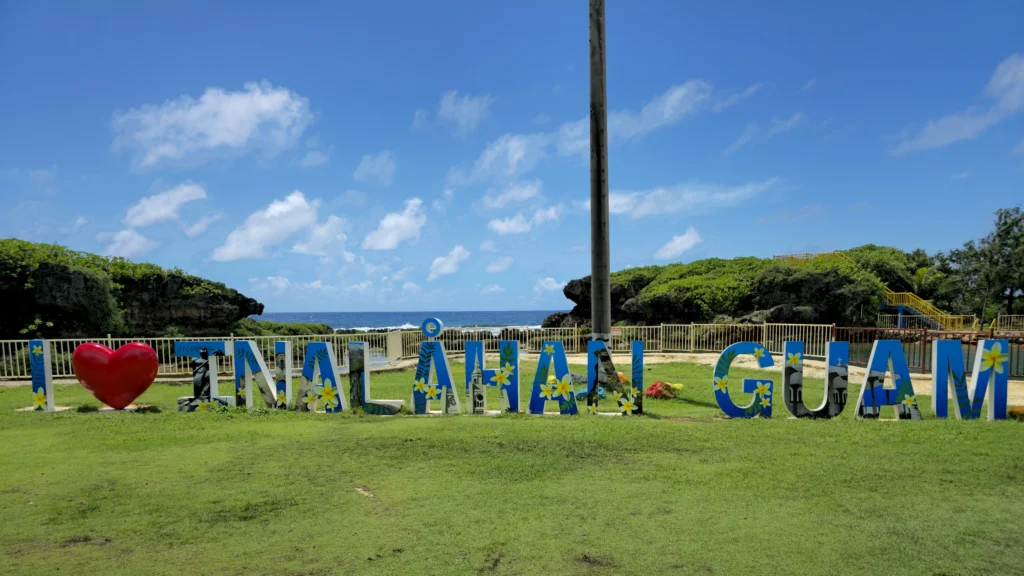
- Endurance and Perseverance: In an age of instant gratification, Chief Gadao’s story of swimming around the island reminds us that success often requires sustained effort. Whether in building a business, pursuing education, or working toward personal goals, endurance is essential to overcoming challenges that seem insurmountable.
- Resilience in the Face of Adversity: Gadao’s failure to completely defend Guam from foreign invaders can be seen as a symbol of the inevitability of setbacks. In today’s world, we face our own “invaders” in the form of economic challenges, personal difficulties, or global issues like pandemics and climate change. Chief Gadao’s story teaches us that even in the face of loss, resilience and the will to fight for what is right are what define a true leader.
- Strength in Peace: The Battle Between Chiefs shows us that real strength lies not in physical might or domination, but in self-control and the ability to avoid conflict when unnecessary. In today’s highly competitive world, whether in business or personal relationships, it is crucial to recognize that peace and cooperation often result in greater long-term success than rivalry and aggression.
- Preparation and Attention to Detail: Gadao’s unfinished fence stands as a timeless reminder of the importance of thoroughness and follow-through. Half-finished work can lead to vulnerability, whether it be in personal projects, businesses, or defending against threats. As technology evolves and changes our world, especially with innovations like AI, attention to detail and preparation are more important than ever.
- Cultural Pride and Legacy: Chief Gadao’s name endures, both in the legends and in the historical markers like Gadao’s Cave, which link his legacy to the culture and history of Guam. Today, as we navigate globalization, there is power in remembering and preserving our cultural identities. Just as Chief Gadao defended his home, we too must protect and honor the traditions, values, and history that shape who we are.
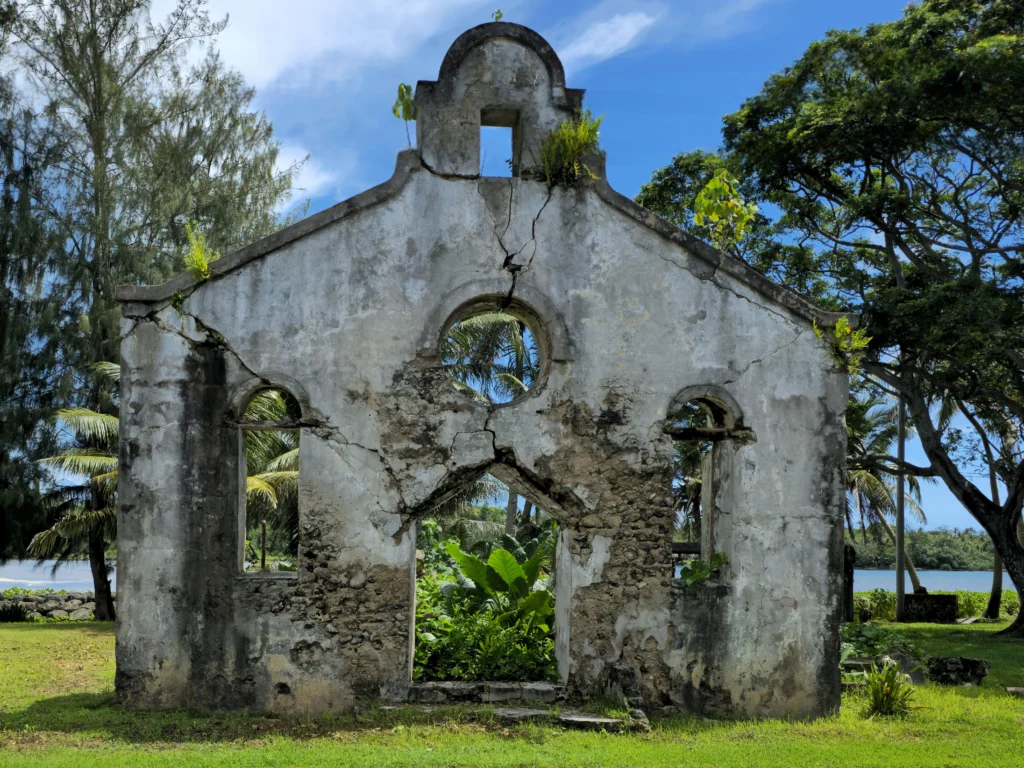
Chief Gadao’s story is not just a tale of a mighty leader from long ago—it’s a blueprint for resilience, strength, and wisdom. His legends have survived the test of time because they speak to universal truths about leadership and the human spirit. As we face our own challenges in the modern world, we can look to Chief Gadao’s example for inspiration, whether it’s in the strength to keep going, the wisdom to avoid conflict, or the resilience to protect what matters most.
In honoring Chief Gadao, we don’t just remember a legendary chief of Guam—we tap into a timeless legacy of leadership that can guide us in our own lives today.
Enjoyed this article? Find out more about Guam and beyond HERE
